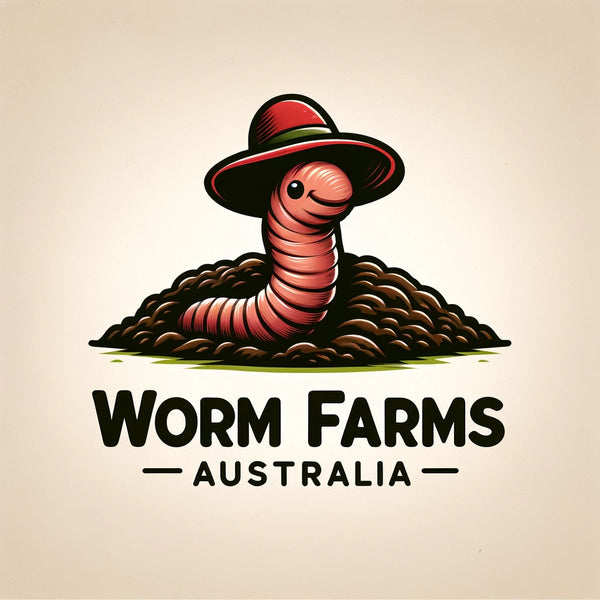Vermicomposting 101: Your Comprehensive Guide to Worm Composting
Embark on the journey of vermicomposting, an eco-friendly and efficient method of recycling organic waste using worms. This guide delves into the fascinating world of worm composting, ideal for beginners eager to understand and start their own composting journey.
Vermicomposting, or worm composting, is a process where specific breeds of worms, along with microorganisms, collaborate to break down organic waste. This method is distinct from traditional composting, as it primarily involves the action of worms and microbes. While common garden earthworms are not suitable for this purpose, composting worms, which are specialized surface dwellers, excel in environments rich in organic matter such as manure, compost heaps, or leaf litter.
The star of vermicomposting is the Eisenia fetida, commonly known as the red wriggler, red worm, manure worm, or tiger worm. This species is not typically found in standard gardens unless introduced intentionally, especially in compost heaps. Another species used in vermicomposting is Lumbricus rubellus, a small reddish worm, though it's not as effective as the Eisenia fetida.
Eisenia fetida worms are remarkable for their waste processing abilities. Under optimal conditions, they can process waste materials up to their own body weight each day. In a well-managed home system, a guideline is to feed the worms about 1/4 to 1/2 of their total weight in waste per day. However, it's important to note that during the initial months, the feeding might need to be less as the worms adjust to their new environment.
Understanding the diet of Red Wrigglers is crucial. They primarily graze on the microbial community that colonizes the waste materials, rather than the waste itself. Research suggests that their diet mainly consists of protozoans, fungi, and other microbes present in the decomposing matter.
Vermicomposting has been recognized for its ability to significantly reduce pathogen levels in waste materials, such as biosolids, making it a safe and sustainable waste management option. These worms thrive in high moisture content environments (80-90%), but they also need oxygen, so maintaining the right moisture and aeration balance is essential.
When designing a worm bin, consider the surface area and depth, as these factors are crucial for a successful vermicomposting setup. It's also important to remember that regular light is harmful to worms, but they are not affected by red light. Observing the lifecycle of these worms can be fascinating: Red Wriggler eggs resemble tiny, straw-colored lemons, and the baby worms look like miniature versions of the adults, albeit with less red pigment.
To enhance the health and reproduction rate of your worms, adding crushed eggshells or other calcium sources to the bin is beneficial. This not only provides necessary minerals for the worms but also helps maintain the pH balance of the compost.
Vermicomposting is not just a method of waste disposal; it's a step towards sustainable living. By understanding and implementing these practices, you can contribute significantly to environmental conservation and enjoy the benefits of rich, nutrient-dense compost for your garden.
Get started with Worm Farms Australia today!

